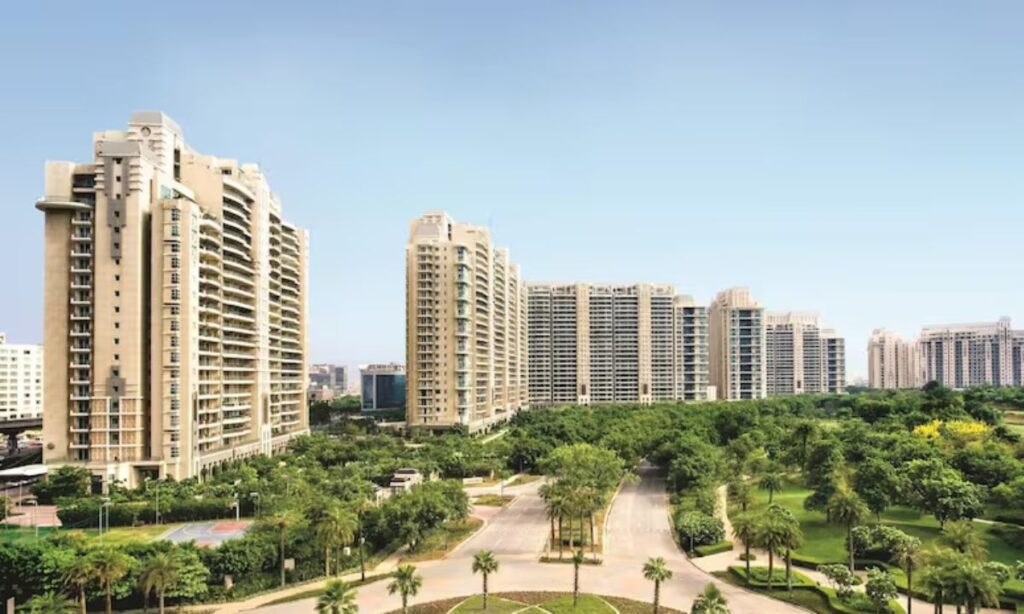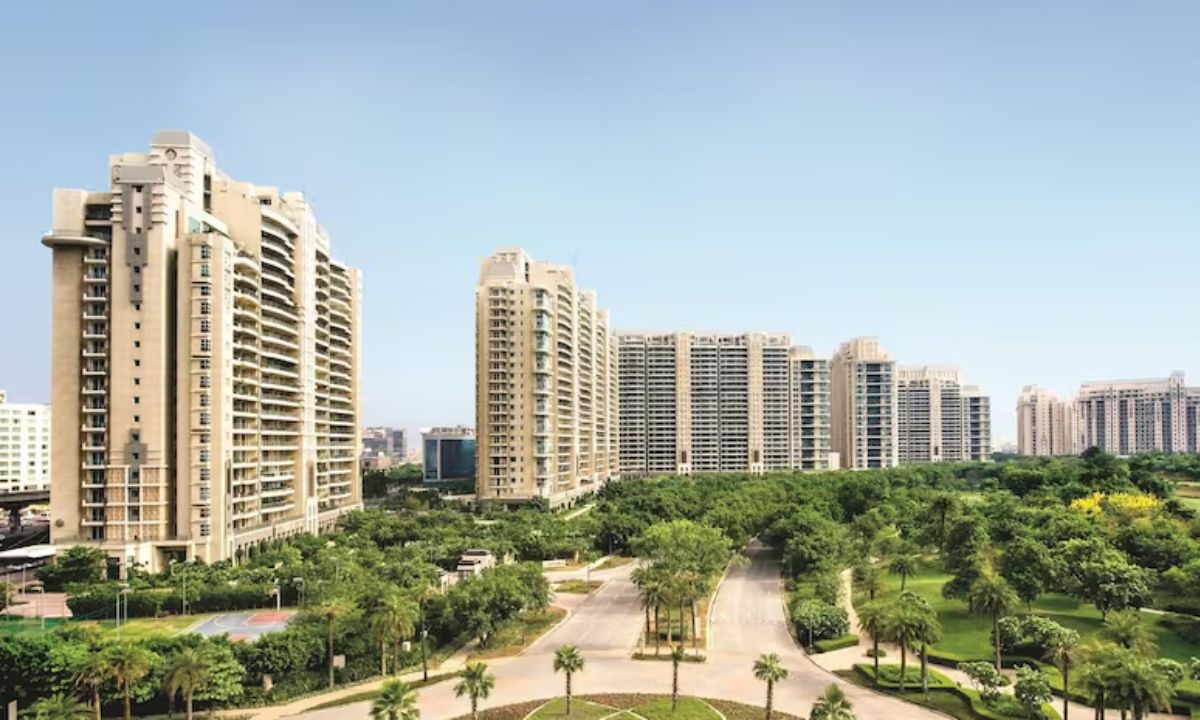The Indian housing market is witnessing a wave of improved affordability in 2025, thanks to the Reserve Bank of India’s (RBI) recent policy shift. Knight Frank India’s latest Affordability Index for H1 2025 highlights a marked improvement in affordability across most major cities, with Ahmedabad, Pune, and Kolkata emerging as the most accessible housing markets. In a significant milestone, Mumbai—long known for its high housing costs—has slipped below the 50% unaffordability threshold for the first time.
Let’s explore what these changes mean for homebuyers and real estate investors.

Top Cities with Highest Housing Affordability
Ahmedabad Leads the Way
Ahmedabad has taken the top spot with an affordability ratio of just 18%. This means that an average household in the city only needs to spend 18% of its monthly income on housing loan EMIs, making it India’s most affordable residential market in H1 2025.
Pune and Kolkata Follow Closely
- Pune: With a ratio of 22%, Pune ranks second.
- Kolkata: Close behind, Kolkata’s affordability ratio stands at 23%.
These cities have benefitted the most from the recent 100 basis points repo rate cut initiated by the RBI since February 2025.
Mumbai’s Historic Breakthrough
Mumbai, traditionally India’s most expensive real estate market, has recorded a rare improvement. The affordability ratio has decreased from 50% in 2024 to 48% in H1 2025.
“This is the first time in the history of the index that Mumbai’s affordability ratio has fallen below the critical 50% mark,” noted the Knight Frank report.
This development is attributed to:
- Lower home loan interest rates
- Steady income growth
- Stabilization of property prices
While still the least affordable among the top eight cities, this shift signals greater accessibility for homebuyers in India’s financial capital.
Affordability Declines in NCR Despite Rate Cuts
In contrast to the general trend, the National Capital Region (NCR) saw a minor decline in affordability. Households now require 28% of their income to purchase an average home, up from 27% in 2023.
This decline is primarily due to:
- A sharp uptick in residential property prices
- Offset of interest rate cut benefits
Housing Affordability: H1 2025 Snapshot
| City | Affordability Ratio | Rank | Notes |
|---|---|---|---|
| Ahmedabad | 18% | 1 | Most affordable |
| Pune | 22% | 2 | Strong affordability due to rate cuts |
| Kolkata | 23% | 3 | Affordable despite urban sprawl |
| NCR | 28% | 4 | Affordability slightly worsened |
| Mumbai | 48% | 8 | Improvement below unaffordability mark |
Market Sentiment and Economic Growth Outlook
The improved affordability levels are seen as a positive sign for both demand and long-term investments in real estate. According to Knight Frank:
“Affordability plays a critical role in maintaining homebuyer demand and sustaining sales momentum, both of which are vital contributors to the broader economy,” said Shishir Baijal, Chairman and MD, Knight Frank India.
The RBI’s projected GDP growth of 6.5% for FY 2026, along with favorable lending conditions, is expected to support this trend further.
Frequently Asked Questions (FAQ)
1. What is the Knight Frank Affordability Index?
It measures the proportion of household income required to pay EMIs for a housing loan in a particular city. A ratio above 50% is deemed unaffordable.
2. Which Indian city is currently the most affordable to buy a home in?
Ahmedabad, with an affordability ratio of 18%, is the most affordable among the top eight cities.
3. Why has Mumbai become more affordable in 2025?
Due to the RBI’s 100 basis points repo rate cut, resulting in lower home loan interest rates and improved EMI affordability.
4. Why has affordability worsened in NCR despite interest rate cuts?
Because of a sharp increase in housing prices, which negated the benefits of lower interest rates.
5. What impact does housing affordability have on the economy?
Better affordability boosts homebuyer confidence, stimulates sales, and contributes positively to overall economic momentum.
